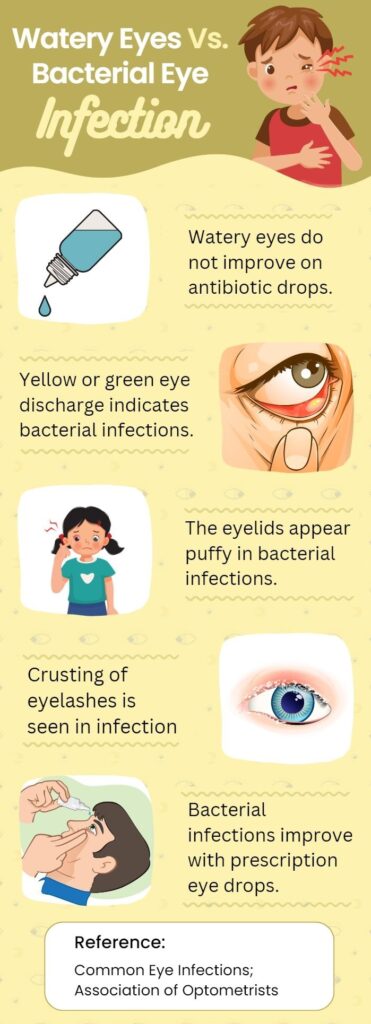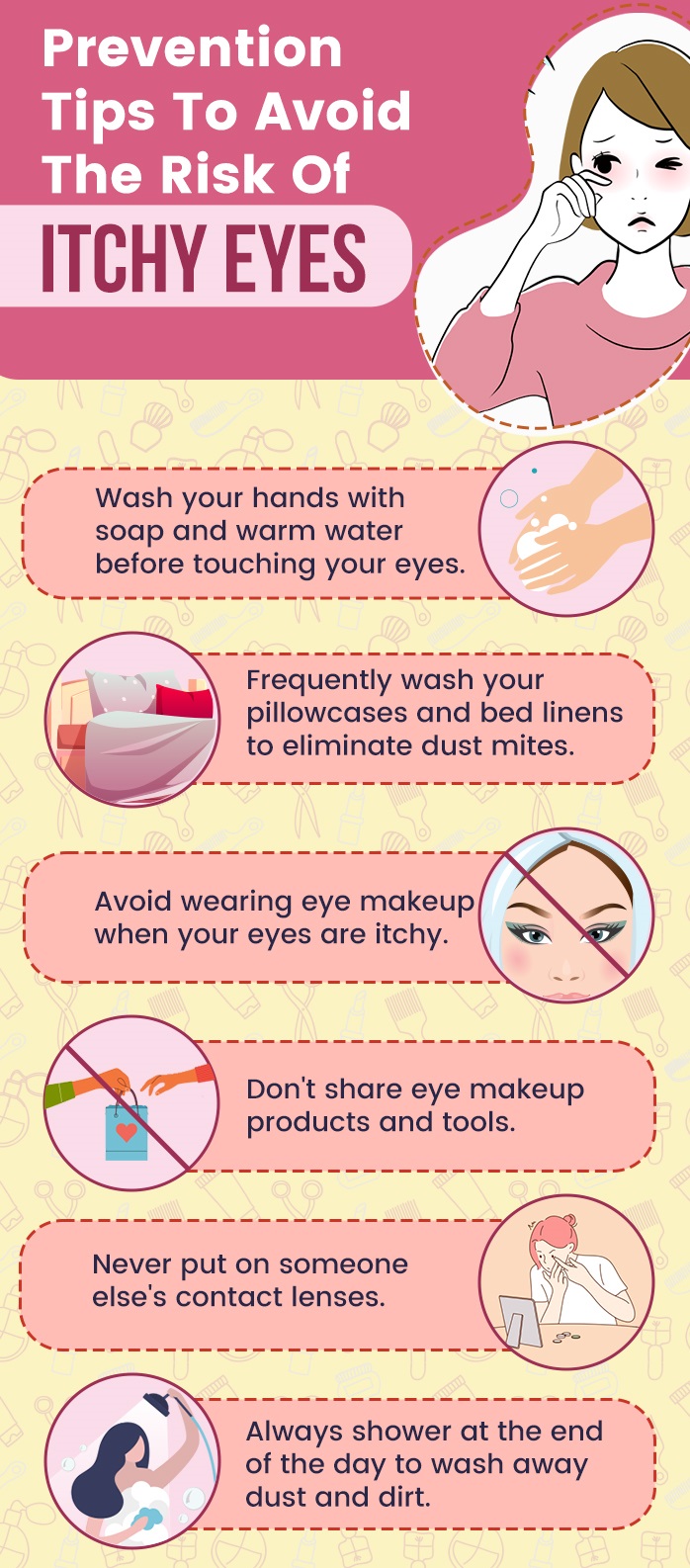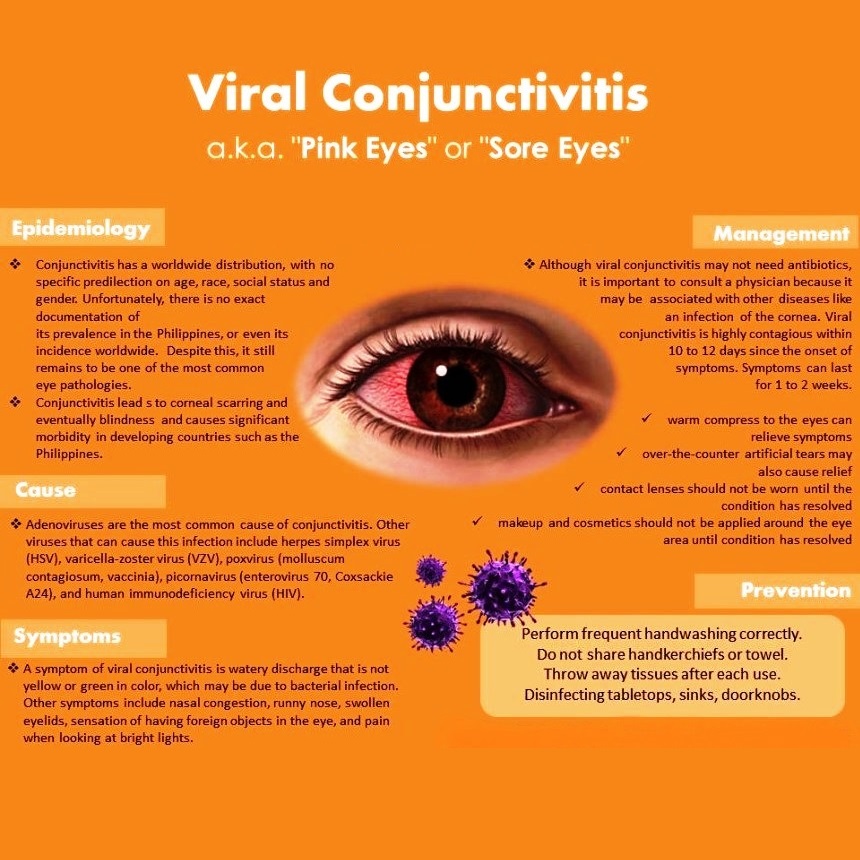❖ Introduction

The eyes are remarkable organs that allow us to see and perceive the world around us. However, like any other part of the body, they are susceptible to infections and diseases. One common ocular ailment that affects millions worldwide is eye flu, medically known as conjunctivitis. Eye flu is an inflammation of the conjunctiva, the thin, transparent tissue covering the white part of the eye and the inner surface of the eyelids. While often a mild and self-limiting condition, eye flu can cause discomfort, disrupt daily routines, and, in some cases, lead to complications if not managed properly.
In this comprehensive blog, we will explore the symptoms, treatment options, safety measures, and the health benefits of a full recovery from eye flu. Armed with this knowledge, you can protect your precious vision and ensure a smooth journey back to eye health.
❖ Understanding the Symptoms of Eye Flu
Eye flu can have various causes, including viral or bacterial infections, allergies, or irritants. The symptoms may vary depending on the underlying cause, but common signs of eye flu include:
- Redness: The eyes may appear red or bloodshot due to inflammation of the conjunctiva.
- Itching: A common symptom of eye flu, itching can be mild to severe and may lead to rubbing, which can worsen the condition.
- Tearing: Excessive tearing is a natural response to the irritation caused by eye flu.
- Discharge: A yellow or greenish discharge may accumulate in the corners of the eyes, especially upon waking in the morning.
- Sensitivity to Light: Known as photophobia, this symptom can cause discomfort when exposed to bright lights.
- Blurred Vision: In some cases, eye flu can temporarily affect vision clarity.
- Swelling: The eyelids may appear swollen due to inflammation.

It is essential to seek medical attention if you experience any of these symptoms to determine the cause and receive appropriate treatment.

❖ Treatment Options for Eye Flu
The management of eye flu depends on the underlying cause, whether it is viral, bacterial, allergic, or irritant-related. Here are some common treatment options:
- Viral Conjunctivitis: Viral conjunctivitis is the most common form of eye flu and is highly contagious. It is typically caused by adenoviruses and can spread easily through contact with infected eye secretions. Unfortunately, there is no specific antiviral treatment for viral conjunctivitis, and it usually resolves on its own within one to two weeks. However, the following measures can help manage symptoms and prevent further spread:
-
- Frequent hand washing: Washing hands thoroughly with soap and water can prevent the spread of the virus from one eye to the other or to other individuals.
- Warm compresses: Applying warm compresses to the affected eyes can help relieve discomfort and reduce swelling.
- Artificial tears: Over-the-counter lubricating eye drops can provide relief from dryness and irritation.
- Avoiding contact lenses: It is advisable to avoid wearing contact lenses during the course of viral conjunctivitis to prevent further irritation and promote healing.
- Bacterial Conjunctivitis: Bacterial conjunctivitis is caused by bacteria, and the symptoms are similar to viral conjunctivitis, including redness, discharge, and swelling. Bacterial conjunctivitis can be treated with antibiotic eye drops or ointments prescribed by a healthcare professional. It is essential to complete the full course of antibiotics to ensure complete eradication of the infection.
- Allergic Conjunctivitis: Allergic conjunctivitis occurs when the eyes come into contact with allergens, such as pollen, pet dander, or dust mites. It is characterized by itching, tearing, redness, and sometimes swollen eyelids. Avoiding allergens and using antihistamine eye drops can help alleviate symptoms. For severe cases, an eye doctor may prescribe stronger medications to manage allergic reactions effectively.
- Irritant Conjunctivitis: Irritant conjunctivitis can result from exposure to irritants like smoke, chlorine, or chemical fumes. The best approach is to remove the irritant and rinse the eyes thoroughly with clean water. Lubricating eye drops can provide relief and promote healing.
❖ Safety Measures to Prevent Eye Flu

Preventing eye flu is crucial to safeguarding your eye health. Here are some safety measures to reduce the risk of contracting and spreading eye flu:
- Practicing Good Hygiene: Regularly wash your hands with soap and water, especially before touching your eyes or applying eye drops. Avoid touching or rubbing your eyes to minimize the risk of transferring viruses or bacteria to your eyes.
- Avoiding Contaminated Items: Do not share personal items, such as towels, pillowcases, and eye makeup, with others, as this can facilitate the transmission of infections.
- Proper Contact Lens Care: If you wear contact lenses, practice good contact lens hygiene. Follow your eye care professional’s instructions for cleaning and disinfecting your lenses to reduce the risk of infections.
- Protecting Your Eyes: Wear protective eyewear when engaging in activities that may expose your eyes to irritants, chemicals, or foreign objects.
- Maintaining a Clean Environment: Regularly clean and disinfect surfaces and objects that come into contact with your eyes, such as eyeglasses and sunglasses.
❖ Health Benefits of a Full Recovery from Eye Flu
A swift and complete recovery from eye flu offers several health benefits:
- Improved Vision: A timely recovery ensures that the inflammation and irritation subside, leading to improved vision clarity and reduced eye strain.
- Pain and Discomfort Relief: Eye flu can cause significant discomfort, including itching, burning, and foreign body sensation. A full recovery means relief from these symptoms, enhancing overall comfort and well-being.
- Prevention of Complications: Prompt and appropriate treatment of eye flu reduces the risk of complications such as corneal ulcers or chronic conjunctivitis, which can lead to further vision problems.
- Uninterrupted Daily Activities: A speedy recovery allows individuals to resume their regular activities, including work, school, and recreational pursuits, without hindrance.
- Emotional Well-Being: Eye flu can be frustrating and stressful. A full recovery can alleviate emotional distress, boosting your overall mental well-being.
- Prevention of Spread: Timely recovery prevents the spread of eye flu to family members, friends, and co-workers, reducing the risk of a larger outbreak.
❖ Conclusion:
Eye flu, or conjunctivitis, is a common eye condition that can cause discomfort and disrupt daily life. Understanding the symptoms and seeking appropriate treatment are vital for a speedy recovery and to prevent complications. Whether the eye flu is viral, bacterial, allergic, or irritant-related, prompt attention and proper hygiene measures play a crucial role in the healing process.
Remember to practice good eye hygiene, avoid sharing personal items, and seek professional medical advice if you experience any eye flu symptoms. With early intervention and care, you can protect your vision and ensure a smooth return to optimal eye health. A full recovery from eye flu offers numerous health benefits, including improved vision, pain relief, and emotional well-being. By prioritizing your eye health and taking preventive measures, you can maintain the gift of sight and embrace the world with clarity and confidence.

